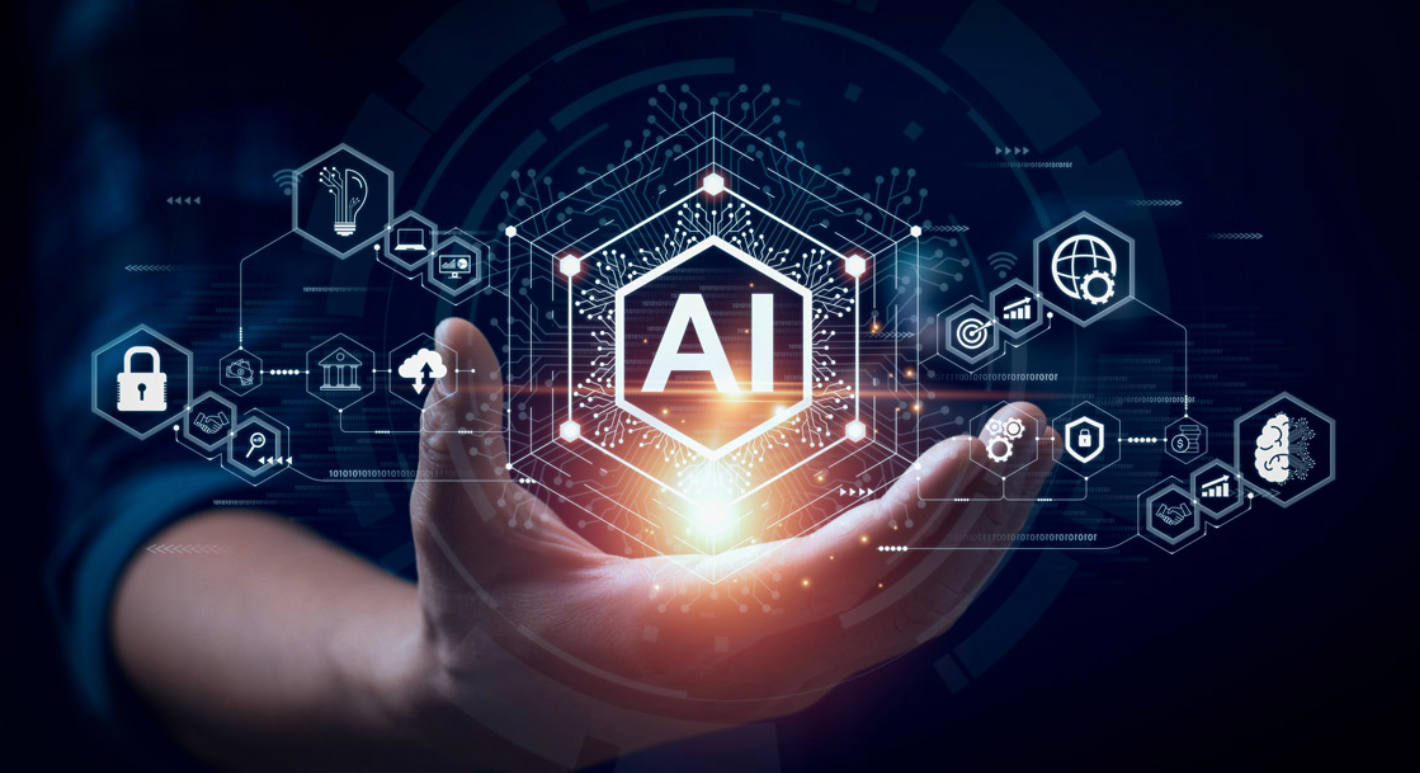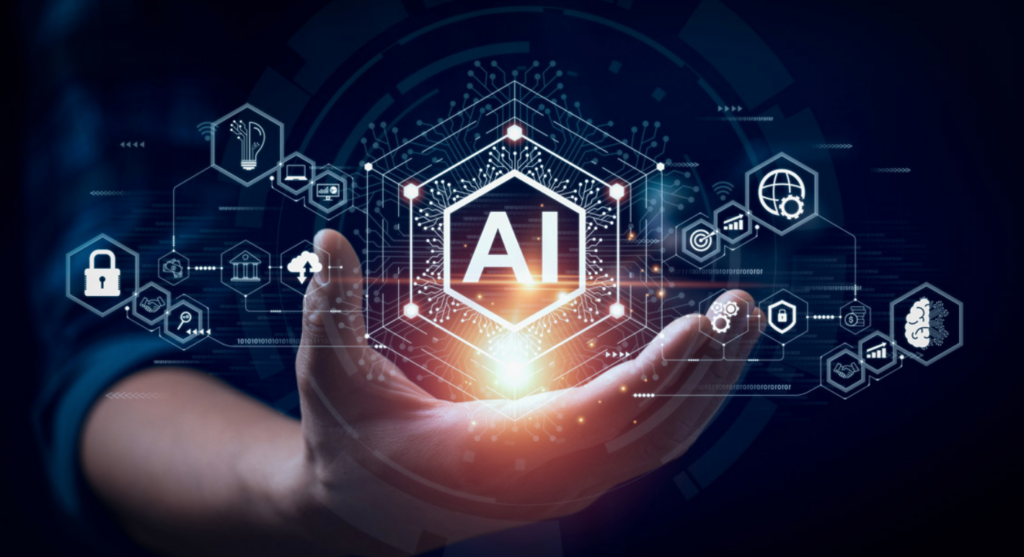When AI becomes your “colleague,” humans must master the art of dancing an improvised tango.
The Scrum Enterprise Model (SEM), as an enterprise-level Scrum application framework, needs to seamlessly integrate AI-driven scenarios. Imagine the following scene:
Early morning in a Silicon Valley tech company’s meeting room, the AI assistant “DeepSeek” is analyzing real-time feedback data from global users. Meanwhile, team leader Tom frowns deeply—yesterday’s finalized product strategy already appears outdated due to a competitor’s overnight release of advanced AI features. Such scenarios are rapidly becoming commonplace worldwide. As AI pushes the pace of change into “light-speed mode,” traditional hierarchical management structures become as cumbersome as running a 100-meter sprint in heavy armor. Agility and self-organizing capabilities are now the lightweight sneakers essential for this race.

AI Creates Waves; Self-Organization Turns Teams into Expert Surfers Tesla’s autonomous driving team faced a tough choice: launch a system with “90% maturity” by year’s end or risk a delay of six months to achieve “95% maturity.” Under traditional management, this decision would require extensive hierarchical reporting. Instead, employing self-organized decision-making circles and simulations based on real-time data, their engineers reached a consensus within 48 hours—ultimately releasing an iterative update three months ahead of schedule and capturing the market with continuous upgrades.
AI is like an ocean continuously generating massive waves; self-organized teams aren’t building bigger boats—they’re equipping every member with a surfboard to expertly ride these waves.
Agility: Capturing Value Amidst AI’s “Shredder” In the fierce “battle of AI models” sparked by ChatGPT in 2023, an e-commerce team discovered that their intelligent customer service system, developed over three months, was instantly outperformed by newly released open-source models. Rather than despairing, they quickly pivoted within two weeks, reallocating resources to develop an “AI livestream shopping assistant.” Leveraging existing data, they rapidly tested this new strategy, resulting in fivefold traffic growth during the major 618 shopping festival.
According to Gartner research, agile teams reduce the cost of trial-and-error by 67% and boost their chance of seizing opportunities by 89%.
Self-Organization Isn’t Anarchy: The Jazz Band Philosophy for the AI Era Google Brain has a unique tradition: weekly “improvised coding jams.” Engineers come together spontaneously, much like jazz musicians, using AI tools to create code snippets on the fly. This seemingly informal self-organization actually rests on three sophisticated mechanisms:
- Digital Transparency Sandbox (real-time data sharing)
- Intelligent Risk Prediction (AI-driven real-time evaluation of feasibility)
- Chronobiological Task Matching (neuroscience algorithms aligning tasks with individual peak productivity times)
When AI can handle 60% of routine tasks, human value lies precisely in the remaining 40%—full of unpredictability and inspiration in “imperfect collaborations.”
The Future Is Now: Building an Anti-Fragile Team A recent experiment by the New York Stock Exchange showcased the potential of hybrid teams combining AI and humans into “cell teams,” capable of completing traditional week-long decision-making processes within a minute. Results indicate these groups had a 37% higher success rate in avoiding losses during unpredictable “black swan” events.
Imagine a morning in 2030, your AI assistant alerts you: “Today’s market volatility risk is at 72%; activating B3 collaboration mode recommended.” Instantly, your team reconfigures itself dynamically, akin to a bee colony shifting formations autonomously. This isn’t science fiction—it’s the evolving reality of modern workplaces.
In this new era of human-AI synergy, teams strictly adhering to rigid processes will inevitably be replaced by algorithms. However, teams leveraging self-organization to unlock human creativity and agility to navigate uncertainty will become truly indispensable “superorganisms.” After all, AI can calculate millions of paths, but only humans can dance the most beautiful improvisation in the eye of the storm—and SEMM is here to help you lead the dance.
